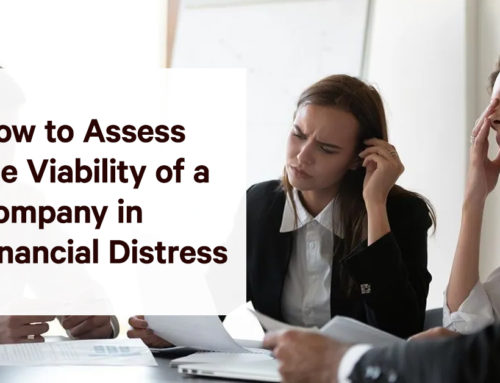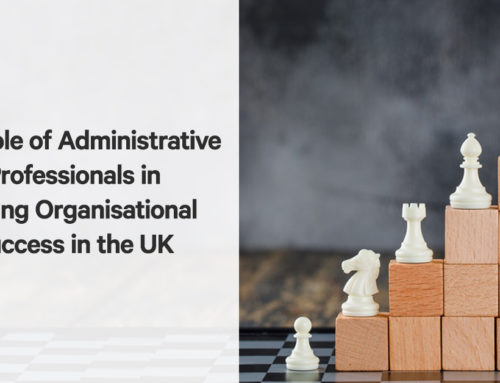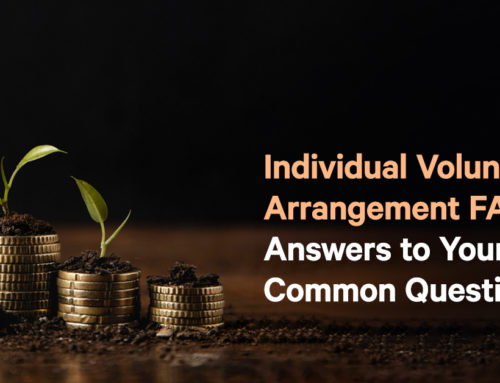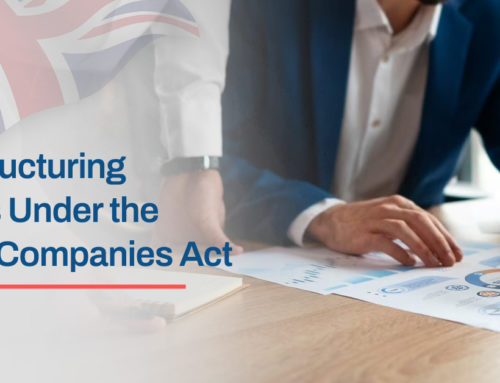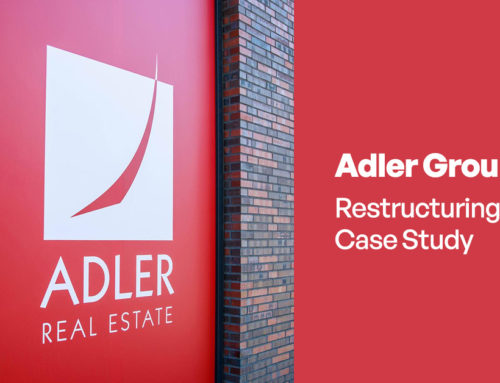It’s a worrying time for creditors when a limited company goes bankrupt or enters an insolvency process. The biggest concern, particularly for the smaller unsecured creditors, is whether they will ever receive the outstanding debt owed to them.
There is a predetermined order in which creditors are paid during the bankruptcy or insolvency process, according to the Insolvency Act 1986, which often means that unsecured lenders may very well lose out.
When a limited company becomes insolvent and enters into a bankruptcy or insolvency procedure, a top insolvency company in the UK is instructed to handle the process. It is the instructed licensed insolvency practitioner from that company that liaises with the insolvent business’s creditors and arranges for them to be paid.
What happens when a limited company is insolvent?
When a company becomes insolvent and enters a liquidation process – bankruptcy is not possible for a limited company as it is considered a separate legal entity – it is known as liquidation. Only individuals, sole traders and partnerships can enter a bankruptcy procedure.
The liquidation process is dealt with by a licensed insolvency practitioner (IP) from one of the top insolvency companies in the UK. The IP is appointed either by the insolvent company’s board of directors or by the courts. They will take control of the company and oversee the liquidation procedure including:
- Settle legal disputes, if any, and contracts that are outstanding
- Arrange for the company’s assets to be valued and sold, and use the funds to pay the creditors
- Make the necessary payments to creditors, according to the predetermined criteria
- Complete all the paperwork that’s relevant to the insolvency process
- Pay the final VAT bill and any other HMRC tax bills
- Settle the costs of the liquidation process using the funds from the sale of the assets
- Ensure the company is struck off the Companies House register.
With a limited company, a director is not liable for the company’s debt, except in certain circumstances. In most cases, personal assets are not at risk and so directors will not lose their house, unless it has been used as collateral for a business loan or personal loan.
Who gets paid in a limited company liquidation?
When a limited company enters a liquidation process, the appointed insolvency practitioner will make contact with the company’s creditors, and liaise with them throughout the process. Alternatively, the creditors should write to the IP dealing with the liquidation procedure, explain what is owed and submit a claim in writing.
The appointed IP will arrange for creditors to be paid from the proceeds raised from the sale of the insolvent company’s assets. It is their job to ensure that all creditors are paid in accordance with the predetermined hierarchy laid out by the Insolvency Act 1986. The relevant factors that an IP considers when making the payments are:
- The class of creditor that is to be paid
- The liquidator’s fees
- The value of the company’s assets and money realised from their sale
Once one class of creditor has been paid in full, the IP can move on to the next level of creditors. The first payments to be made are the cost of the liquidation process and the insolvency company’s, or IP’s fees. Once they’ve been paid, the following is the predetermined hierarchy that IPs must follow.
- Secured creditors with a fixed charge – within this class of creditor are banks and any other financial providers that have lent money to the insolvent company, and secured it against the company’s assets. For example, if a bank lent the company money to purchase equipment, they will take out a fixed charge security on an asset(s) to the same value that allows them to sell that asset(s) should the company become insolvent to get their money back.
- Preferential creditors – employees are considered preferential creditors and are entitled to specific statutory payments including wage arrears, holiday pay, unpaid pension contributions and redundancy payments. As of December 2020, HMRC has been reinstated as a preferential creditor, having formerly been an unsecured creditor.
- Secured creditors with a floating charge, and ‘prescribed part’ – these creditors hold a floating charge on a specific asset, such as work-in-progress or company stock. Should the company go into liquidation, the floating charge ‘crystallises’ and becomes a fixed charge. Should the floating charge against an asset be taken out after 15th September 2003, the money owed is known as a ‘prescribed part’. This is intended to help unsecured creditors receive at least some of the money they are owed from a liquidated company – often, unsecured creditors don’t receive any dividend at all. The ‘prescribed part’ is made up of 50% of the first £10,000 realised from the sale of the liquidated company’s assets that hold a floating charge, and 20% of the monies released between £10,000 and £600,000.
- Unsecured creditors – these are the liquidated company’s customers, contractor, suppliers and certain employee claims. If there are sufficient funds released from the sale of assets, or ‘prescribed part’ funds are available, they will receive a dividend although it may not be the entire amount they are owed.
- Connected/associate unsecured creditors – these are creditors that are associated with the liquidated company in some way, such as family members of the board or an employee that has lent the company money. In addition, any unclaimed employee expenses are in this category.
In all limited company liquidation processes, the interests of creditors are always placed ahead of directors or shareholders. Any directors that don’t adhere to these rules will come under investigation by the insolvency company handling the process and may end up being disqualified as a director of a company for as long as 15 years.
If your business is struggling with debts or you are thinking of winding up a solvent company voluntarily, the first step is to seek professional advice. Our highly experienced professionals at Leading are on hand to help and advise on the process.


